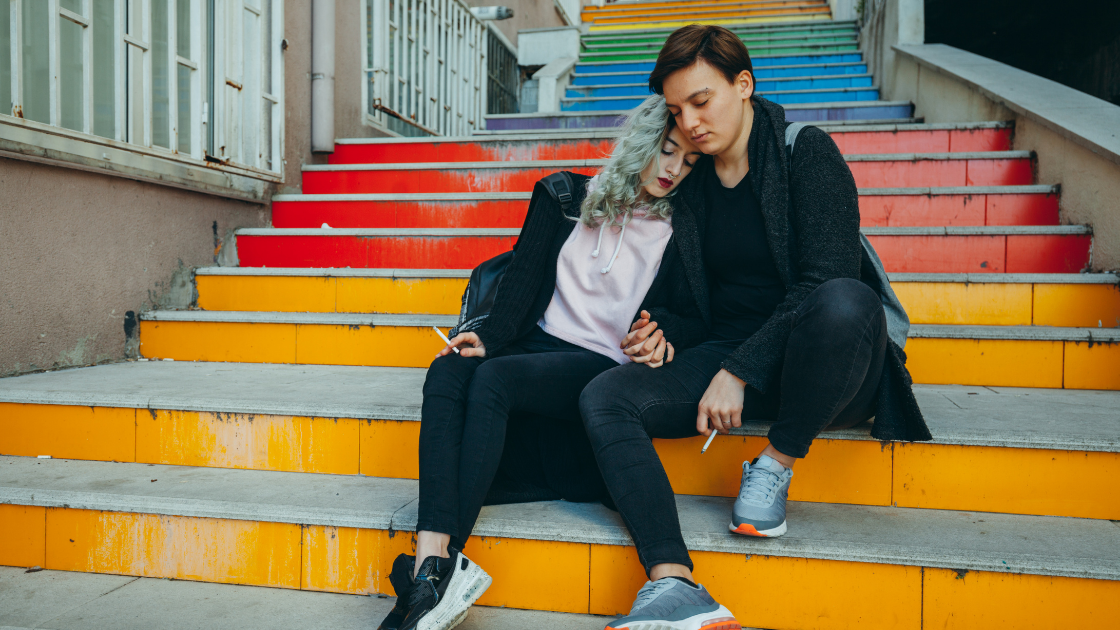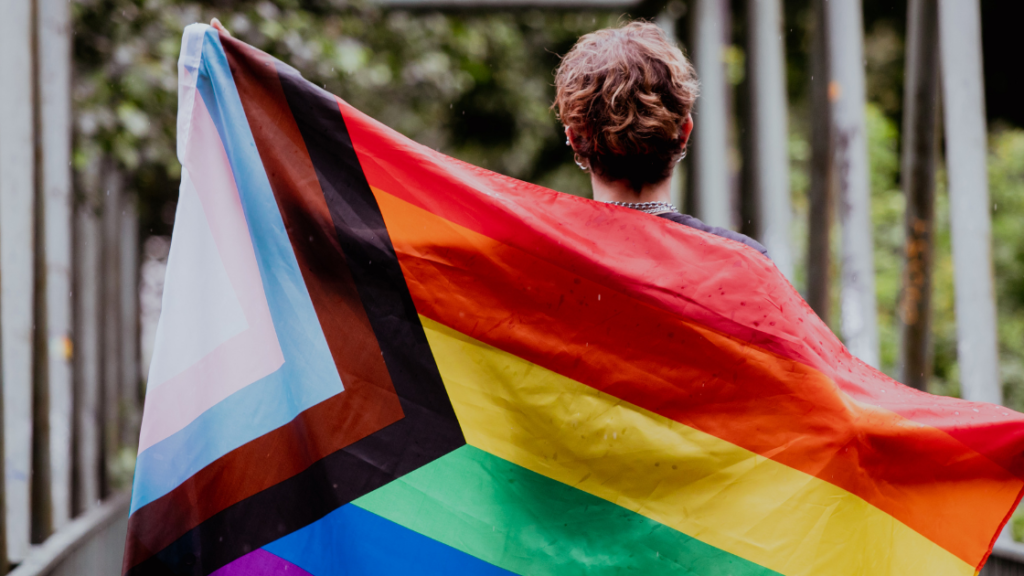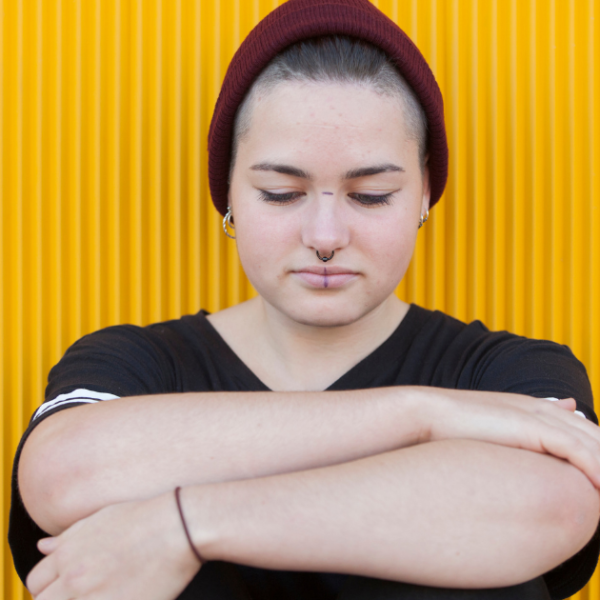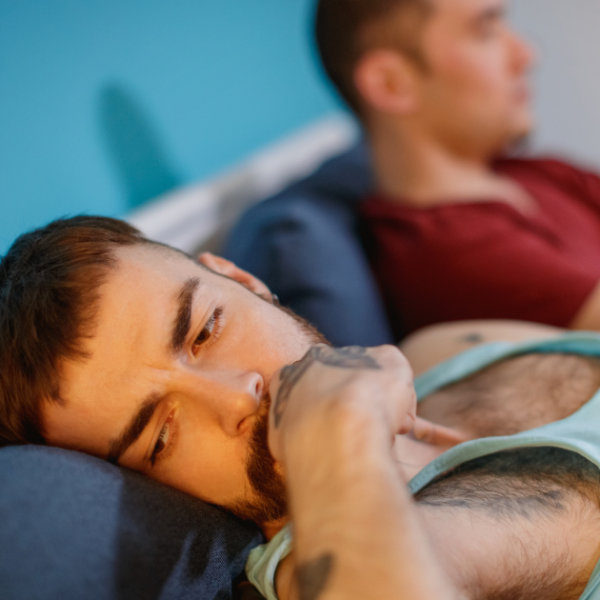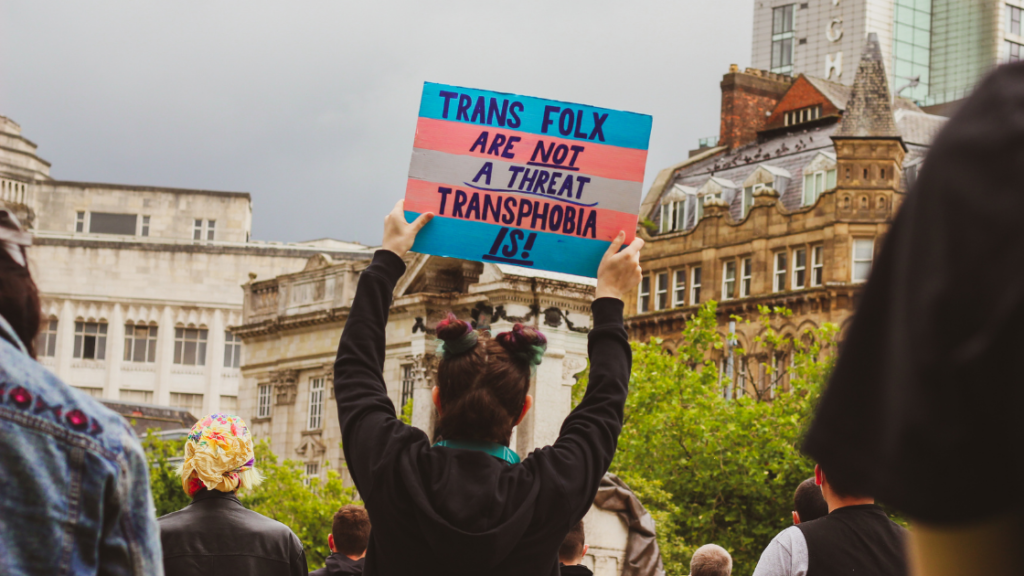Mental Health in the LGBTQIA+ Community
The Lesbian, Gay, Bisexual, Transgender, Queer, Questioning, Intersex, and Asexual (LGBTQIA+) community represents a diverse range of identities and expressions of gender and sexual orientation. Research shows that LGBTQIA+ populations of all ages disproportionately experience more instances of mental health and substance use disorders, suicidality, and poorer wellbeing outcomes compared to their heterosexual and cisgender (people whose gender identity corresponds with their birth sex) peers.
The following statistics from Mental Health America demonstrate the concerning mental health challenges facing the LGBTQIA+ community:
- Teens that identify as LGBTQIA+ are six times more likely to experience symptoms of depression than non-LGBTQIA+ identifying teens.
- LGBTQIA+ youth are more than twice as likely to feel suicidal and more than four times as likely to attempt suicide than heterosexual youth.
- 48% of transgender adults report that they have considered suicide in the last year, compared to 4% of the overall U.S. population.
- Adults that identify as LGBTQIA+ are more than twice as likely as heterosexual adults to experience a mental health condition.
- Transgender individuals are nearly four times as likely as cisgender individuals to experience a mental health condition.
The truth is that mental health challenges in the LGBTQIA+ community are largely due to stigma, discrimination, and bias in all of its forms. However, many LGBTQIA+ individuals also face gaps in health insurance coverage. In the United States, 18% of LGBTQIA+ adults of color have no health insurance coverage, compared to 8% of all adults.
Our mental health is important — and we must find solutions to address these inequities.
Important Risk Factors Of LGBTQIA+ Mental Health
Positive changes in society’s acceptance of LGBTQIA+ people act as a protective factor for mental health. However, this shift in acceptance has meant that many LGBTQIA+ youth “come out” or share their sexual orientation or gender identity at younger ages, which can impact their social life and relationships. For youth in an unsupportive environment, this could have negative effects on their mental health. For many in the LGBTQIA+ community, coming out can be a difficult or even traumatic experience. It can be difficult to cope with the rejection of something as personal as one’s identity. The LGBTQIA+ community faces many forms of discrimination, including labeling, stereotyping, denial of opportunities or access, and verbal, mental, and physical abuse. They are one of the most targeted communities by perpetrators of hate crimes in the country. A majority of LGBTQIA+ people say that they or an LGBTQIA+ friend or family member have been threatened or non-sexually harassed (57%), been sexually harassed (51%), or experienced violence (51%) because of their sexuality or gender identity. Such discrimination can contribute to a significantly heightened risk for PTSD among individuals in the LGBTQIA+ community. Substance misuse or overuse, which may be used as a coping mechanism or method of self-medication, is a significant concern for members of the LGBTQIA+ community. LGBTQIA+ adults are nearly twice as likely as heterosexual adults to experience a substance use disorder. Transgender individuals are almost four times as likely as cisgender individuals to experience a substance use disorder. Illicit drug use is significantly higher in high school-aged youth who identify as LGBTQIA+ or are unsure of their identity, compared to their heterosexual peers.Coming Out
Rejection & Discrimination
Substance Use
Homelessness
It is estimated that LGBTQIA+ youth and young adults have a 120% higher risk of experiencing homelessness — often the result of family rejection or discrimination based on gender identity or sexual orientation. This risk is especially high among Black and Native American/Alaska Native LGBTQIA+ youth. Many members of the LGBTQIA+ community face the added challenge of finding homeless shelters that will accept them, and experience elevated rates of harassment and abuse in these spaces.
Suicide
The LGBTQIA+ population is at a higher risk than the heterosexual, cisgender population for suicidal thoughts and suicide attempts. Many people in this community struggle in silence — and face worse health outcomes as a result.
- Teens who identify as LGBTQIA+ are more than four times as likely to have attempted suicide compared to their heterosexual peers.
- 40% of transgender adults have attempted suicide in their lifetime, compared to less than 5% of the general U.S. population.
Inadequate Mental Health Care
The approach to sexual orientation and gender identity in mental health care often groups together anyone in the LGBTQIA+ community. This method can be problematic as each sub-community faces unique challenges.
Other identity factors including race and economic status can affect the quality of care they receive or their ability to access affirming care. These experiences can lead to a fear of disclosing sexual orientation and/or gender identity due to potential discrimination or provider bias.
Confronting these barriers and mental health symptoms with an LGBTQIA+ inclusive mental health provider can lead to better outcomes, and, ultimately, recovery.
How to Be an LGBTQIA+ Ally
As we celebrate Pride month in June, many come together to show their support for the LGBTQIA+ community. However, it’s important to be an ally every day.
How can we be respectful of people who identify as LGBTQIA+?
You can be genuine and curious about someone’s life without being invasive. Ask open-ended questions. Take the person’s lead on which language terms to use. If you are unsure, ask directly. Be willing to make mistakes and try again without being defensive. Ask people about their preferred pronouns, and use them. If you make a mistake, apologize and move on. Do not ask trans-identified people about their birth name or the medical steps toward transition. Educate yourself on how to be a good ally.
How can we help someone who might be struggling?
Give support in the way you would give it to anyone. Active listening is a good way to start. Ask how you can help. Show respect and acceptance through words and actions. Reflect the person’s language about partners and identity. Ask open-ended questions.
How can Pride help with mental health?
Pride is a space where people in the LGBTQIA+ community can connect. This reduces isolation and increases visibility. It’s very powerful to see your identity in the community around you. It validates that we belong and are loved. Additionally, Pride celebrates the rich history of the LGBTQIA+ community.
Live Your Truth With Pride at Sage
Our mission here at Sage is to make every single person who walks through our doors feel seen, heard, and valued no matter their race, religion, age, identified gender, or sexual orientation. If you’re looking for a safe space and support system on your road to recovery from substance use or a mental health condition, contact us and become a new patient today.
Sage Neuroscience Center will also be attending Albuquerque’s 2022 Pride Event! Hope to see you there!

Community Outreach & Marketing Coordinator
Lydia is a creative marketing specialist with a passion for helping others. Originally from Indianapolis, Indiana, she graduated from IUPUI in 2018 with a degree in media production. Since then, she has helped both large and small businesses and organizations promote their services through social media management, videography & photography, and designing marketing materials.
Read Lydia’s Full Bio | Browse All Articles Written by Lydia Abshire
